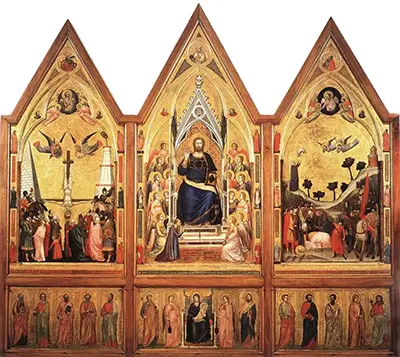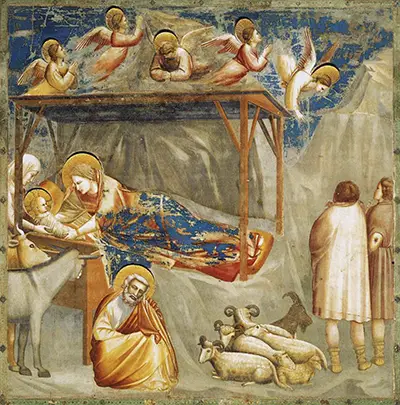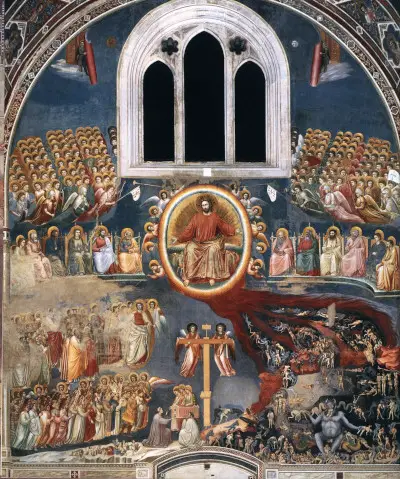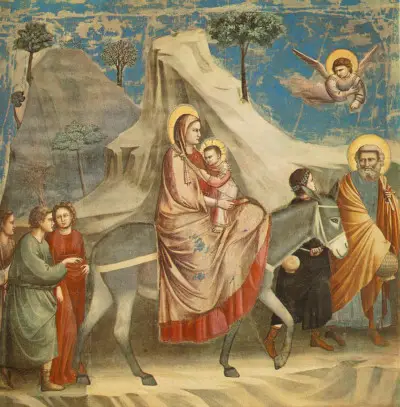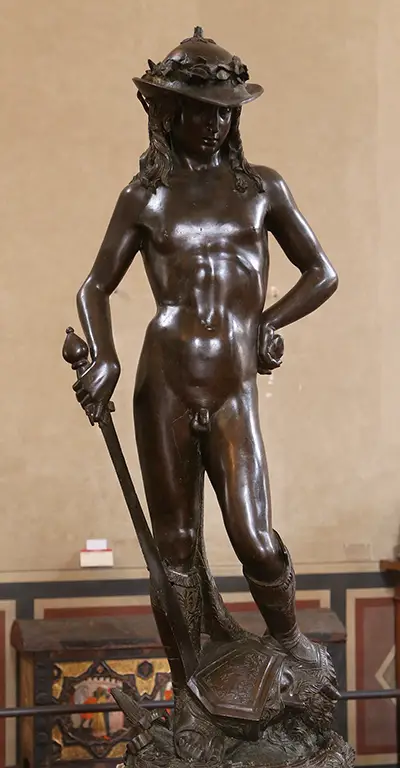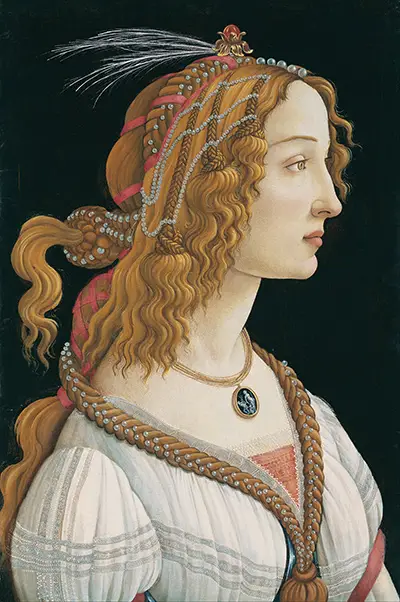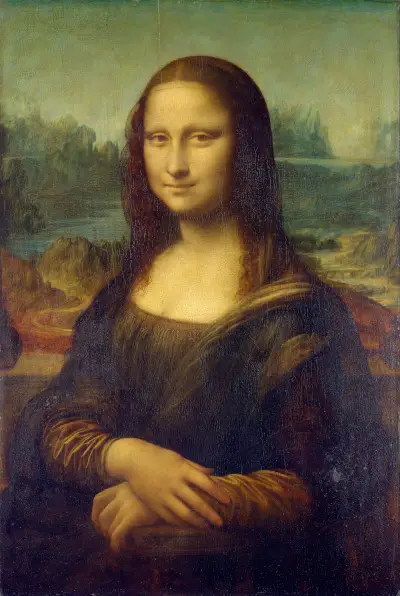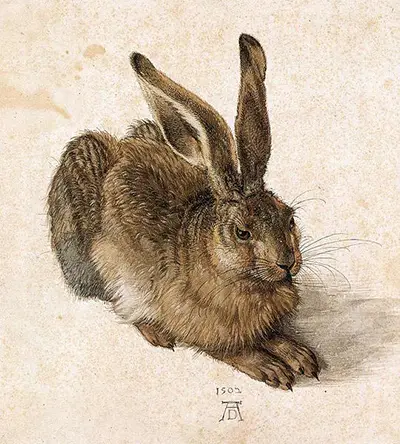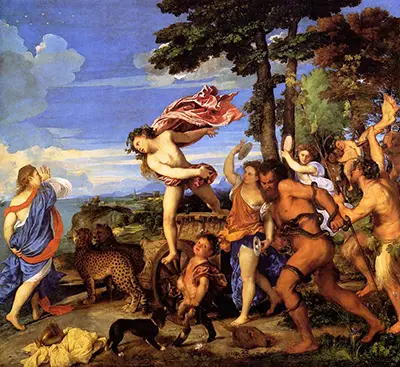Giotto famously produced twenty five of the twenty eight scenes devoted to the Legend of Saint Francis, and one of those would be the Death and Ascension of St Francis.
St Francis the Legend Series
These large works were around 270 cm by 230 cm, and each one handled stories from the life of St Francis. They were fresco artworks produced at speed on drying plaster and the whole series came towards the very end of the 13th century.
St Francis would appear several times within Giotto’s career and so he eventually became highly familiar with stories from the saint’s life, and each time attempted to re-invent them in new ways to avoid replication within his oeuvre, whilst also preserving the enjoyment of his work.
They were installed in the Upper Church of San Francesco, Assisi, with Giotto also contributing work to the Lower Church at a different point in his career. Collectively, his work in Assisi would be amongst the most important of his career and also helps us to better understand his evolution as an artist.
Description of the Painting
Here we find St Francis lying prostrate on the floor. As he felt his passing coming, he organized for the event to be held. His ascension is covered by the figures in the sky, whilst figures from the real world are shown below. This is a moment of mourning, but also celebration.
Giotto regularly combined multiple stories together in the same artwork, and this approach enabled him to cover a wider range of content across his narrative series. He would achieve this by combining different elements of symbolism within the same compositions, potentially chaining life stories together.
There are essentially three layers to this piece, with the lower half separated into those kneeling around the body of the saint in grief, as well as those standing in ceremony above. The artist is able to seamlessly bring these different elements together, and was already a master of artistic emotion by this point in his career.
Repeated within the Bardi Chapel, Santa Croce, Florence
Giotto became so well known for these series of paintings that he would cover the same topics in different commissions. St Francis the Legend would appear again during his time working for the Bardi Chapel, Santa Croce, Florence. He would avoid copying his previous work, though, and always re-imagined each composition to bring something different.
Conclusion
Death and Ascension of St Francis provides another example of Giotto’s impressive contributions to the Lower and Upper Church in Assisi. He would sandwich these two projects either side of his work for the Scrovegni Chapel to achieve many of the highlights of his career, albeit with the aid of a number of carefully directed assistants.
This particular piece is amongst his most detailed, certainly in terms of the amount of figures used across the scene. He also brings drama from the skies above, and emotion from the figures lower down. It is an interesting combination of the real world and the spiritual world.
This piece is often referred to as the twentieth artwork, but it is not clear if he actually completed the paintings in the same order that they are now listed in. Most likely he would have directed others, with many frescoes being worked on at the same time, and potentially even some other projects elsewhere too.
More Renaissance Artists




 Giotto.jpg)
 Giotto.jpg)
